Lead phytoextraction by wheat in response to the edta application method

Authors:
Lead solubilization in soil and accumulation by spring wheat (Triticum aestivum L.) was studied in response to the ethylenediaminetetraacetic acid (EDTA) application method. In this study, 4 mmol EDTA kg−1 was applied using two application methods (a single dose and split doses) either alone or in combination with elemental sulfur. Results indicate that the application of EDTA in four equal splits at 1 mmol kg−1 during the growth period resulted in significantly higher shoot dry matter than its application at 4 mmol kg−1 at once 10 d before harvesting the wheat crop at the bolting stage. EDTA applied in split doses resulted in less lead (Pb) solubilization as compared with the single-dose application. The split application also significantly increased the shoot Pb concentration and Pb accumulation by wheat shoots as compared with the single-dose application. Despite its lesser effect on Pb solubilization, the EDTA application in split doses substantially increased Pb accumulation; thus, it is expected to minimize the risk of groundwater contamination.
